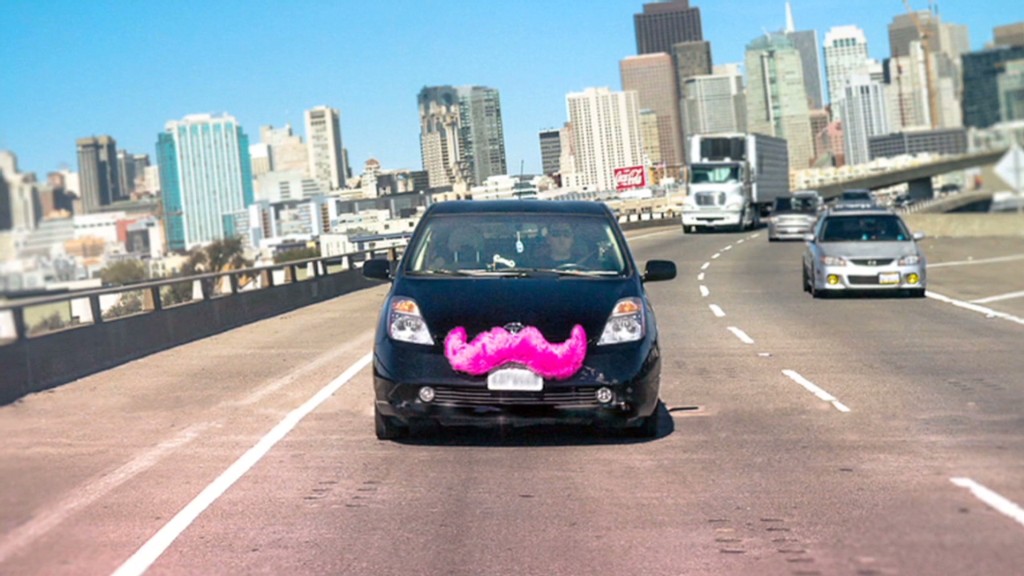
Luxury cab app Uber is under fire for charging New Yorkers insanely high prices during last week's snow storm.
Uber, which sends private cars to your location with a tap of a button, raised fares by as much as eight times on Saturday, as New York was blanketed with four inches of snow. Minimum fares surged well above $100, and per-mile charges were upwards of $30.
There were no surprises: Uber notified users what the prices would be before they ordered their cabs. Still, the Twitters were ablaze with angry Uberites crying foul.
Here's a message to Uber gripers: Get over it.
Uber doesn't have a monopoly on public transportation. City "yellow" cabs and "black car" services abound, and New York's subway and bus systems run 24/7.

But if you're the type to insist that virtually hailing a luxury car from your smartphone is the only way to travel, your complaints sound a little silly. Uber's so-called surge pricing is a matter of simple economics.
Uber has a dynamic pricing model, in which fares rise when demand for cars is higher. That encourages more cabs to get on the road -- few chauffeurs want to drive around the city in the middle of a blizzard, but a guarantee of a $200-per-ride fare might be incentive enough to change their minds.
Related: Uber tries out deliveries on demand
It also ensures that users don't have to wait around for hours for an Uber cab, which would defeat the purpose of the luxury service. If you're willing to pay $350 to go from Midtown to Brooklyn, there will be a cab at your location when you want it.
Also, some cities, including New York, already have a kind of "surge pricing" in effect. Fares go up during rush hour as demand spikes (albeit by far less than Uber's surge).
"In the end, Uber is always reliable and seeks to maximize the number of people that can get safe and reliable rides," said company spokeswoman Nairi Hourdajian. "Without surge, consumers simply wouldn't have that option."
Related: Uber delivers kittens
The startup first came under fire for surge pricing on New Year's Eve 2011. The service faced its highest demand yet (at the time), and prices were soaring. Users complained. The CEO smacked his forehead.
"Nobody is required to take an Uber, but having a reliable option is what we're shooting for," Uber CEO Travis Kalanick blogged last year. "It's not about gouging."
It doesn't matter how rich you are; nobody wants to pay $200 for a cab ride. But the wonderful thing about a free market is there's always another option. You can still travel 25 miles from Yankee Stadium to Rockaway Beach for just $2.50 if you take the subway.

